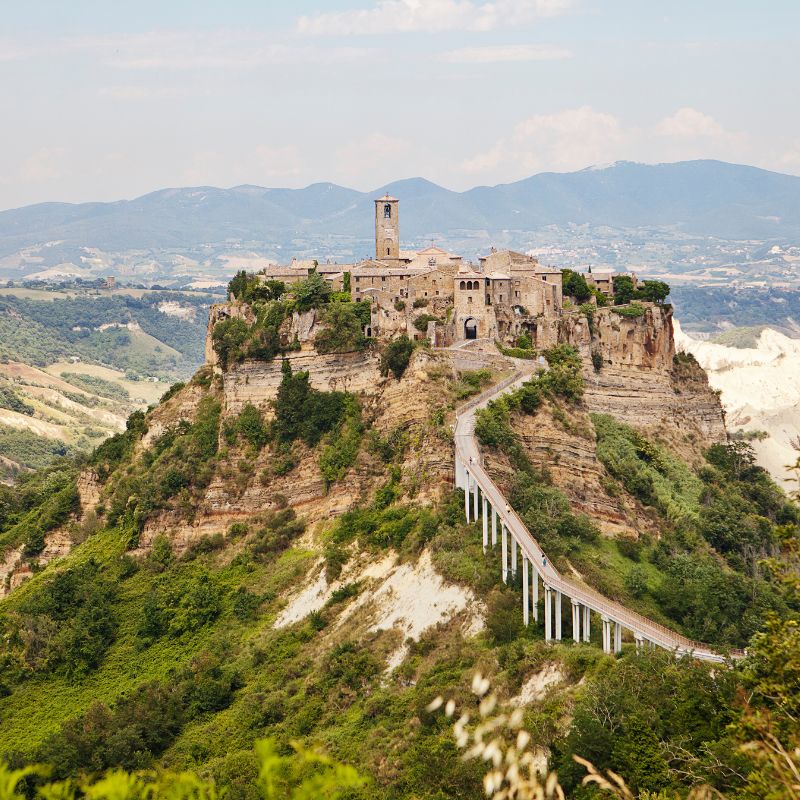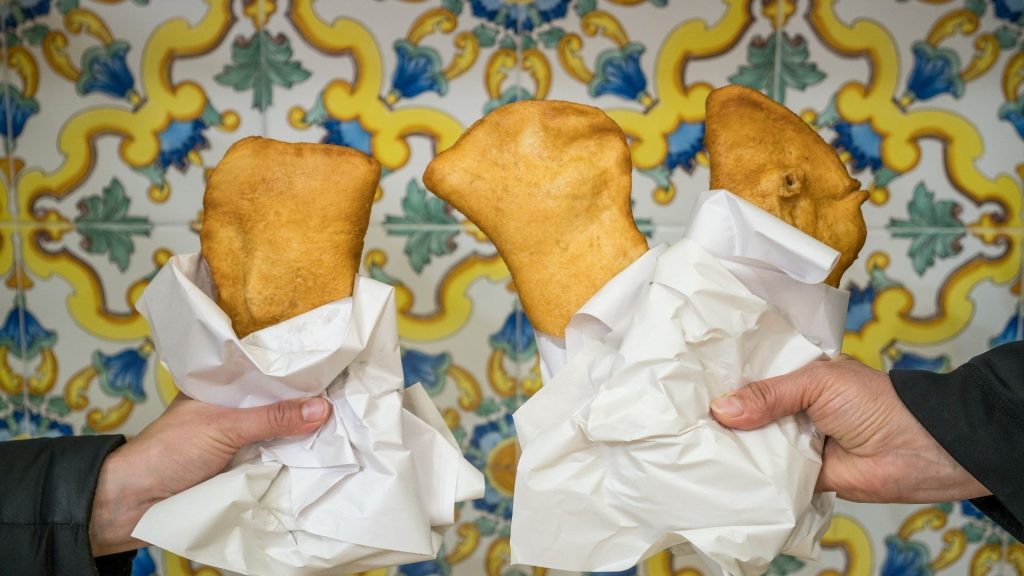Lazio is a region located in central Italy and is home to the beautiful and historic city of Rome, the capital of Italy. Rome is known for its ancient ruins, such as the Colosseum and the Forum, as well as its stunning Baroque architecture and vibrant culture. Visitors can explore the city’s rich history by visiting landmarks such as the Vatican City and the Pantheon, or by strolling through the charming streets of neighborhoods like Trastevere and Monti.

Subiaco
Certainly the area of Lazio, home to what was once the capital of the Empire that conquered all of Europe and its environs and the principal city of the Catholic religion, is one of the most historically rich areas in the world.
However, it can also offer numerous hidden gems for those who want magnificent itineraries but off the beaten path of mass tourism.
The Unesco World Heritage sites of Tivoli
Beyond Rome, Lazio offers a diverse array of experiences for travelers. The region is dotted with charming towns and villages, each with their own unique history and culture. The town of Tivoli, located just outside of Rome, is home to the stunning Villa d’Este and Villa Adriana, both of which are UNESCO World Heritage sites.

Villa d’Este, Tivoli
The Villa d’Este in Tivoli is a true masterpiece of Renaissance culture and architecture. The palace and garden are a testament to the refined taste and innovative design of the era. The garden, in particular, is a true wonder to behold with its ornamental fountains, basins, and other architectural components. It is considered as one of the first examples of “giardini delle meraviglie” and served as an early model for the development of European gardens. Visitors to the Villa d’Este will be enchanted by the harmony of the palace and garden, which perfectly blend together to create a unique and unforgettable experience. The Villa d’Este is a must-see destination for anyone interested in Renaissance art and architecture, as well as garden design.
Uncovering the Etruscan Cities of Lazio

Viterbo
Before the development of Rome and its empire, northern Latium was dominated by the Etruscan people, whose kingdom extended over much of central Italy,.
The Etruscans were an ancient civilization that flourished in central Italy between the 8th and 3rd centuries BCE. They left behind a rich legacy of art, architecture, and culture that can still be seen in the region of Lazio today. The Etruscan civilization was known for their sophisticated society, advanced technology, and powerful city-states.
For those looking to explore more of the region’s history, the Etruscan necropolis of Cerveteri and Tarquinia are must-see. The well-preserved tombs and frescoes offer a glimpse into the daily life of the ancient Etruscans. The ancient Roman city of Ostia Antica is also worth a visit, with well-preserved ruins of an entire Roman city, including a theater, houses, and an impressive public bath complex.

Ostia antica
For a taste of traditional Lazio, head to the town of Sutri, known for its medieval history and impressive Etruscan necropolis. The town is also home to the ancient Roman theater, which still holds performances to this day. The town of Calcata, with its winding streets and charming houses, is a great place to explore on foot and take in the region’s beautiful countryside.

Civita di Bagnoregio
Another very special stop is at Civita di Bagnoregio. Despite its small size, Civita di Bagnoregio has a rich history and culture, making it a popular destination for tourists. The town is situated about 120 kilometres (75 mi) north of Rome and can only be accessed via a footbridge from the nearby town. In 2013, a toll was introduced for crossing the bridge, but this has led to the abolition of communal taxes in both Civita and Bagnoregio.
Despite its charming atmosphere, Civita di Bagnoregio is famously known as “the dying city” due to its unstable foundation that often erodes. This makes it a unique destination for those looking to experience history and natural beauty. Tourists should take the opportunity to visit this small town and walk through its charming streets and take in the stunning views of the surrounding countryside.
Arts in Lazio
For art lovers, Lazio is home to many museums and galleries showcasing the works of some of Italy’s most famous artists. The Galleria Nazionale d’Arte Moderna in Rome, for example, features works by artists such as Giorgio de Chirico and Umberto Boccioni. The Galleria Borghese, also in Rome, is home to a vast collection of sculptures, paintings, and other works by artists such as Bernini, Raphael, and Titian.
Lazio’s Natural Wonders
The region’s natural beauty is also not to be missed. The Parco Nazionale del Circeo is a protected area located on the coast, offering miles of unspoiled beaches and hiking trails through dense Mediterranean forests. The region’s many lakes and rivers also offer opportunities for swimming, boating, and fishing.
For a once-in-a-lifetime experiencehead to the volcanic lake of Bolsena, where you can take a boat ride and enjoy the stunning views or take a dip in the crystal-clear water. The nearby town of Viterbo is also known for its hot springs and spas, perfect for a relaxing day.
For lovers of the Sea, don’t miss the coast south of Lazio, with the beautiful villages of Sperlonga and Gaeta.
Food & Wine in Lazio
Food and wine lovers will also find plenty to enjoy in Lazio. The region is known for its traditional cuisine, which includes dishes such as pasta alla carbonara, amatriciana and saltimbocca alla romana. The region’s wines, such as Frascati, are also highly regarded.
Lazio’s rich history and culture, combined with its natural beauty and delicious cuisine, make it a must-see destination for any traveler. Whether you’re interested in ancient history, art, outdoor activities, or simply enjoying the good life, Lazio has something to offer.

Amatriciana
Pasta all’amatriciana, also known as alla matriciana, is a beloved traditional Italian pasta dish that originated from the town of Amatrice, located on the border of the region of Abruzzo. The sauce is made with a combination of key ingredients, including guanciale (cured pork cheek), pecorino romano cheese, tomato, and in some variations, onion. These ingredients are carefully balanced to create a rich and flavorful sauce that perfectly complements the pasta.
This dish is considered one of the best-known pasta in present-day Roman and Italian cuisine, and it is enjoyed by locals and tourists alike. The depth of flavor and complexity of the sauce make it a favorite among food enthusiasts, and it can be found in many traditional trattorias and ristoranti throughout the country, often accompanied by a wine from the Castelli Romani.
Lazio is a region that offers something for everyone, from the historic and cultural wonders of Rome, to the natural beauty of the region’s countryside.


